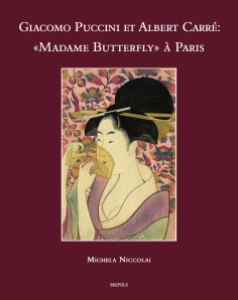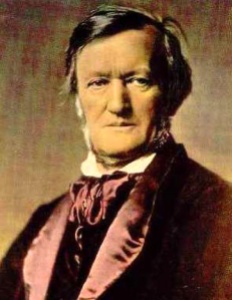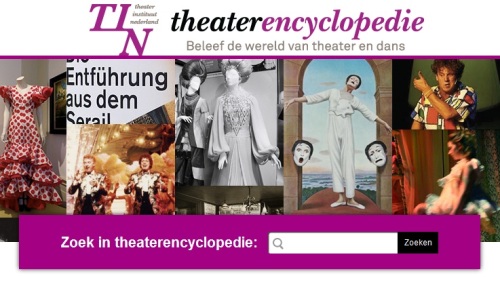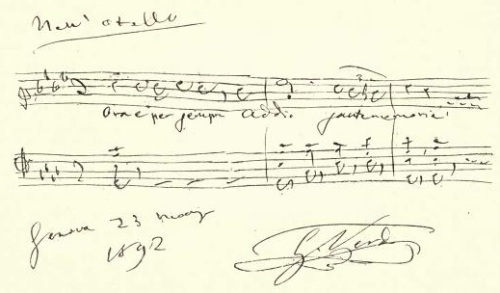In 2012 Brepols launched the series Mise en scène with Giacomo Puccini et Albert Carré: Madame Butterfly à Paris.
Musicologists and stage directors are familiar with the staging manuals (disposizioni sceniche) for Verdi’s later operas, which resulted directly from the composer’s contact with French practice. Yet the French livrets de mise en scène, intended to provide theater directors wishing to produce a work with its complete mise en scène, are still little known.
The publication with annotations and illustrations of a series of stage manuals for important works in the French operatic repertoire, from Auber’s La Muette de Portici (Paris Opéra, 1828) to more modern works—Debussy’s Pelléas et Mélisande and Ravel’s L’Heure espagnole—will provide researchers and directors with very useful tools, giving access to the original visual, dramatic, and decorative elements of Parisian productions (often thought out by the librettist and the composer). Knowing how works were originally staged can be both enlightening and inspiring. These manuals, providing faithful accounts of theatrical works, have much to offer theater historians and those working in opera.
Below, Anna Moffo sings Butterfly’s Death Scene.
Related article: Italian opera manuals












